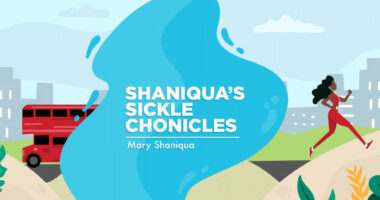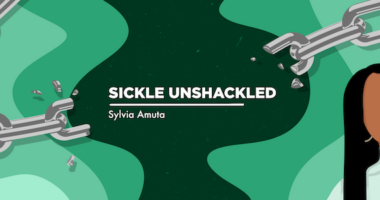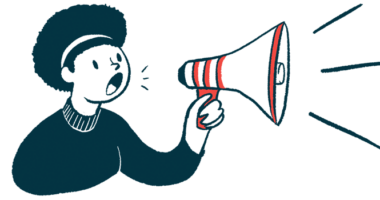I didn’t miss the irony of Invisible Disabilities Week going unnoticed
People only see us in fragments, which is why misunderstanding persists

I learned almost by accident that last week was Invisible Disabilities Week. I had no idea such a week even existed, which says something about the invisibility of disabilities in our society. The fact that something so significant can come and go with so little awareness speaks volumes about how hidden our experiences are, even when we try to bring them into the light.
Coincidentally, on the same day, I saw a social media post that both angered and saddened me. The poster had filmed someone using a blue badge (the U.K.’s version of a disabled parking permit) and accused them of being deceitful because they “didn’t look disabled.” The post quickly devolved into a pile-on of hateful comments and baseless assumptions. Watching it unfold made my blood boil.
As someone living with sickle cell disease, I know what it means to have to justify or explain my illness to others. Sickle cell disease causes severe pain crises, fatigue, and joint damage, and without warning, it can land me in the hospital. On the outside, I may appear fine because I’m smiling, walking, or working. But inside, my body might be battling intense pain or exhaustion. For example, I’ve previously written about my experience going to work when I was unknowingly battling a sickle cell-induced pulmonary embolism.
Feeding false assumptions
Some days, I don’t have difficulty walking, while other days I’m limping or have to rely on assistance just to get around. Other times, I can’t even walk at all. Sickle cell’s unpredictability means that a “normal” day for me is constantly changing. Many people with invisible illnesses quietly manage this instability while trying to appear capable and composed.
That’s why misguided social media posts like the one I mentioned affect me so deeply. They feed into a dangerous and false assumption that disability has a certain look, and you can tell just by glancing at someone whether they are disabled enough to deserve support or empathy. No one should have to prove their pain or justify their existence to strangers, and certainly not to an audience of online spectators who know nothing about the situation.
Worse is how little accountability there is after a public shaming like that. The videos remain online without moderators, as if the humiliation of disabled people isn’t hateful enough to warrant action. This type of digital neglect mirrors broader societal indifference that many of us live with every day.
Here in the U.K., disabled people face a perfect storm of challenges. Welfare allowances are meant to offset the immense financial cost that comes with disability, but they’re often too limited or too inaccessible to meet real needs.
Also, some disabled people rely on a motability program to lease a car or other vehicle here in the U.K., which can be a lifeline for them by enabling independence, daily functioning, and the ability to work. Yet I recently learned of a website that allows anyone to type in a car’s license plate to check if it’s associated with that program. I can’t begin to describe how chilling that is. What purpose could this possibly serve, other than to encourage harassment and suspicion? Tools like that turn disabled people into targets and feed a culture of surveillance and mistrust that is both dangerous and dehumanizing.
And this isn’t just about a single app or video; it’s about a social contract that increasingly feels broken. It’s about a culture that is quicker to doubt than to understand, and quicker to expose than to empathize. It’s about the fabric of society fraying for those of us who live with disabilities, especially those that are unseen.
Invisible disabilities aren’t rare, far from it. More than 70% of disabled people in the U.K. live with a condition that isn’t immediately visible, such as chronic pain, neurological disorders, autoimmune conditions, mental health challenges, and genetic illnesses like sickle cell disease. These conditions fluctuate, evolve, and manifest differently from one day to the next.
The nature of invisible disability means that people often see us only in fragments. They see us on our “good days,” when we’ve gathered enough energy to show up, not the days we’re confined to a bed or a hospital ward. That limited snapshot becomes the whole story in their eyes, which is why there’s so much misunderstanding and stigma.
Invisible Disabilities Week may have passed by unnoticed, but for those of us who live it every day, invisibility is nothing new. Beyond awareness, what we need is empathy and a collective understanding that disability doesn’t have to be visible to be real.
Note: Sickle Cell Disease News is strictly a news and information website about the disease. It does not provide medical advice, diagnosis, or treatment. This content is not intended to be a substitute for professional medical advice, diagnosis, or treatment. Always seek the advice of your physician or other qualified health provider with any questions you may have regarding a medical condition. Never disregard professional medical advice or delay in seeking it because of something you have read on this website. The opinions expressed in this column are not those of Sickle Cell Disease News or its parent company, Bionews, and are intended to spark discussion about issues pertaining to sickle cell disease.








Leave a comment
Fill in the required fields to post. Your email address will not be published.